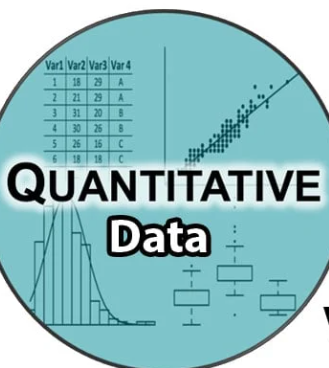Three types of data found in businesses

Caring for your Health in the Winter
December 24, 2023
Can You Use Glue to Get a Stripped Screw Out?
January 3, 2024Businesses are filled with different types of data, so let’s take a look at three of the most common data categories found within organisations of all kinds.
1. Quantitative
This is the most common data type we tend to associate with business information, as it deals with hard or objective facts. Quantitative data measures things in a business, such as the number of units sold, the number of new customers acquired, and the performance. It answers key questions, such as how much, how many, and how often. It can also help to show performance trends, including progress over time and comparison data. This type of data is the bedrock of all business decision-making and is found at every level of organisations, whatever their purpose and industry.

2. Qualitative data
This data is basically the opposite type to quantitative data, as it takes away the objective measurement and provides meaning and insight. It is a non-numerical form of data and tends to be shown as a verbal description, although it can also be conveyed in images. Qualitative data is found as an output from activities such as surveys, diaries, focus groups, questionnaires, and interviews. A data collection company, such as https://shepper.com/, might use it to bring colour to a factual survey and enhance insight.
3. Nominal data
This type of data labels or names variable information and can be applied to both types of data explained above. An example could be identifying a group of individuals by their age or hair colour. Demographic data is a common use of nominal data.

These are three of the most important types of business data. Are you familiar with them all in your organisation and are you using them to make confident data-driven decisions?
Warning: Trying to access array offset on value of type null in /home/speakyma/public_html/checkyourhud.com/wp-content/themes/betheme/includes/content-single.php on line 286



